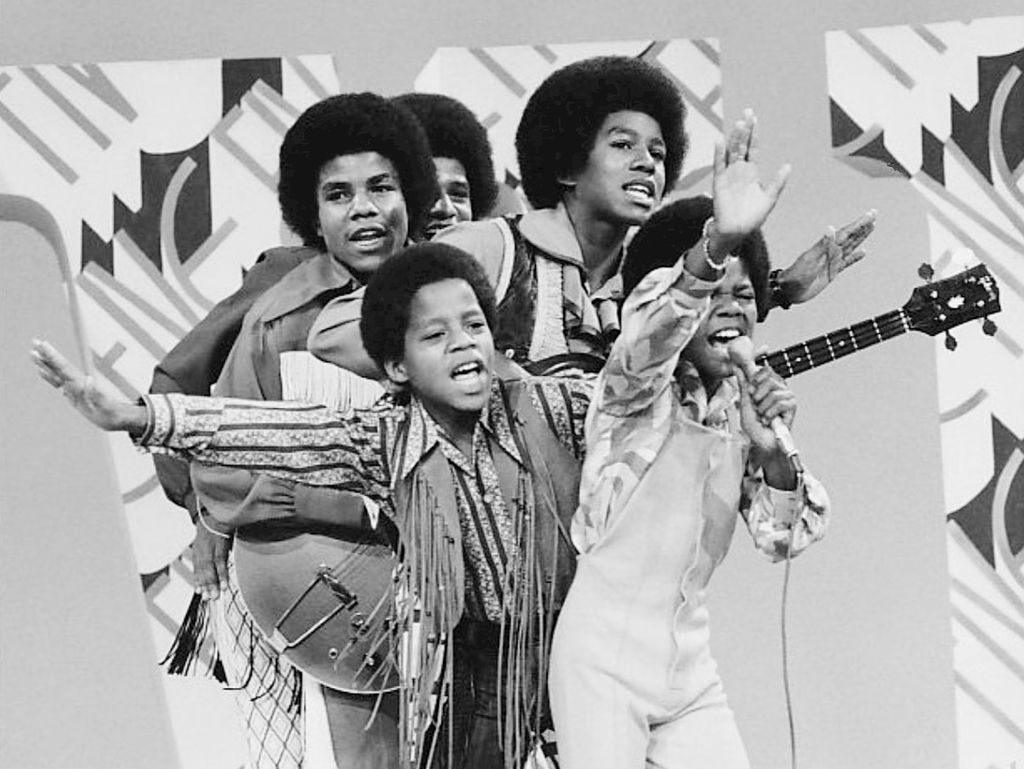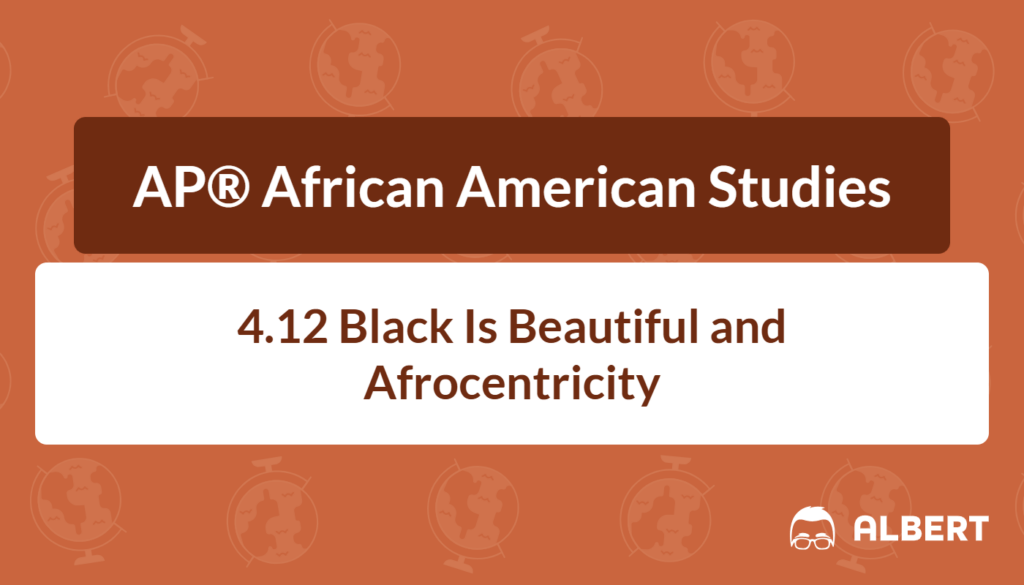What We Review
Black Is Beautiful and Afrocentricity: A Study Guide
The Black is Beautiful movement and Afrocentricity played essential roles in shaping African American identity during the mid-twentieth century. These movements helped transform societal views on hair, fashion, naming practices, and cultural celebrations. They also encouraged African Americans to honor their connections to Africa and reject traditional notions of inferiority. Understanding these movements is vital for recognizing how they influenced education, self-expression, and pride in African heritage. The following study guide explores their emergence, impact, and legacy.
Introduction
During the 1960s and 1970s, many African Americans grew increasingly focused on celebrating the unique features of Black culture. This shift included embracing natural hairstyles, wearing African-inspired clothing, and using traditional African names. These outward expressions formed part of a larger idea that took shape as “Black is Beautiful,” which challenged beauty standards that favored Eurocentric features.
At the same time, Afrocentricity emerged as a means of placing Africa and its diaspora at the center of historical and cultural discussions. Both movements rejected conformity to a mainstream standard and advocated for a renewed sense of pride. They also provided a strong foundation for modern African American Studies programs.
The Emergence of the Black is Beautiful Movement
The phrase “Black is Beautiful” came into widespread use in the 1960s. It served as an empowering slogan that countered harmful messages that Black women and men had received for generations. This movement frequently coincided with the Civil Rights Movement, which worked toward dismantling racial segregation and discrimination. However, “Black is Beautiful” went beyond civil rights by focusing on shifting internal perceptions of beauty and self-worth.
Key figures like Eldridge Cleaver, Kathleen Cleaver, and others within organizations such as the Black Panther Party highlighted Black pride through hairstyles, clothing choices, and cultural expression. These advocates influenced thousands to reclaim Black identity with enthusiasm. Therefore, the Black is Beautiful movement became not only a cultural statement but also a path toward self-liberation.
Impact of the Civil Rights Movement
- The Civil Rights Movement helped create unity and awareness among African Americans.
- It mobilized large groups to challenge systemic inequalities.
- It inspired activists and everyday citizens to adopt the idea that embracing one’s Blackness was both revolutionary and necessary.
Afrocentricity: A Cultural Reclamation
Afrocentricity emerged around the 1970s as an approach to history, culture, and philosophy that placed African people and the African diaspora at the center. This was in stark contrast to Eurocentric perspectives, which often portrayed Africa and its descendants in a one-dimensional or negative light. By reversing the typical historical viewpoint, Afrocentricity gave African Americans a way to reconnect with African culture and traditions.
Differences from Traditional Eurocentric Perspectives
- Eurocentric: Focuses on Western Europe and its descendants, often minimizing the significance of African and other civilizations.
- Afrocentric: Centers African traditions, achievements, and histories to empower people of African descent.
For instance, Afrocentricity celebrates various forms of art, music, and literature that stem from African roots. It highlights diverse cultural expressions like drumming, dance, storytelling, and textile-making, which form an essential part of African diasporic traditions. Consequently, this perspective challenged dominant narratives while promoting pride in Black heritage.

Cultural and Aesthetic Influences
During the rise of the Black is Beautiful movement, natural hairstyles such as the afro and cornrows gained popularity. These styles represented more than mere fashion; they were powerful statements of pride and resistance. For example, the afro hairstyle symbolized a break from European beauty norms and served as a visible marker of acceptance of African features.
Hairstyles, Fashion, and Naming Practices
- Popular hairstyles: Afro, cornrows, braids
- Fashion: Dashikis, African head wraps
- Naming practices: African and Islamic names to honor ancestral ties
New cultural celebrations also emerged, including Kwanzaa, which was established in 1966. Kwanzaa emphasizes African traditions, unity, and community. It offered families a platform to honor and reflect upon core principles such as self-determination and collective responsibility.
Legacy and Influence on Education
Black is Beautiful and Afrocentricity had far-reaching impacts on schools and universities, particularly in the formation of African American Studies and other ethnic studies programs. By insisting that African American history and culture deserved academic recognition, scholars and activists called attention to a broader range of cultural perspectives.
Establishment of African American Studies Programs
- Early ethnic studies courses taught more inclusive versions of American history.
- Scholars developed new research that centered on African and African American achievements.
- This led to the founding of several African American Studies departments at major universities.
These efforts also inspired multicultural education programs across the country, ensuring that students from all backgrounds could see themselves represented in the curriculum. Thus, the movements encouraged a more inclusive approach to understanding cultural diversity.
Critiques and Controversies
Despite its positive impact on self-esteem and cultural awareness, Afrocentricity has faced criticisms. Some believe that, by emphasizing a singular “African identity,” it might overlook the wide range of identities within the African diaspora. Others suggest that Afrocentricity may replace one type of ethnocentric viewpoint (Eurocentric) with another (Afrocentric), without always presenting Africa’s complexities and variations.
These debates address concerns over whether African Americans and others can fully capture Africa’s diversity under one broad umbrella. In some cases, critics argue that substituting Eurocentrism with Afrocentrism could hinder a balanced study of history and culture. Nevertheless, most supporters maintain that reclaiming Africa’s central position in discussions of Black identity remains essential to recovering historical truths often ignored in mainstream narratives.
Required Sources and Historical Context
This study guide highlights several significant primary sources that capture the spirit of the Black is Beautiful movement and Afrocentricity:
- Kathleen Cleaver on Natural Hair, 1968 (video, 0:57)
- In this short clip, Kathleen Cleaver passionately discusses why embracing natural hair symbolizes pride in Black identity. Her message underscores the link between physical appearance and cultural dignity.
- Naturally ‘68 Photo Shoot in the Apollo Theater Featuring Grandassa Models and AJASS Members in Dashikis, 1968
- This photo shoot documents the popularity of vibrant African-inspired clothing, including dashikis. It also demonstrates how fashion became an essential part of proclaiming identity and promoting Afrocentric aesthetics in public spaces.
- “Still I Rise” by Maya Angelou, 1978
- Maya Angelou’s famous poem is a powerful illustration of Black resilience and self-confidence. It aligns with the Black is Beautiful message by celebrating inner strength, beauty, and hope despite historical oppression.
Each resource offers a window into the cultural transformations of the era, reinforcing the key idea that African Americans were redefining themselves and rejecting negative stereotypes.
Conclusion
The Black is Beautiful movement and Afrocentricity helped reshape how African Americans viewed themselves and their heritage. By celebrating natural beauty, traditional African clothing, and reclaiming African roots, these movements fostered a powerful sense of cultural pride. They also played a major role in developing ethnic studies programs, encouraging an expanded understanding of African American history, and challenging preconceived notions of beauty and identity.
Today, these discussions remain vital for anyone seeking to learn about African American culture and its influence on society at large. The lasting impact of these movements can be seen in modern celebrations of Black creativity, entrepreneurship, and scholarship. They continue to inspire people to reflect on shared histories and uphold traditions that promote empowerment and self-acceptance.
Quick Reference Chart
Below is a quick reference chart with key terms from the Black is Beautiful movement and Afrocentricity. Copy and paste this table into a document as needed.
| Term | Definition or Key Feature |
| Black is Beautiful | A movement that emerged in the 1960s to celebrate natural Black aesthetics and reject Eurocentric beauty standards. |
| Afrocentricity | An approach that places Africa at the center of history and culture, emphasizing achievements of people of African descent. |
| Afro | A natural hairstyle worn in a rounded shape, symbolizing pride in African heritage. |
| Dashiki | A loose-fitting, colorful shirt rooted in West African attire, popularized in the 1960s. |
| Kwanzaa | An African American holiday established in 1966 to celebrate African heritage, values, and culture. |
| Sankofa (Akan Symbol) | Akan adinkra symbol often represented by a bird looking backward; highlights the importance of learning from the past. |
| Cornrows | Braided hairstyles that can represent cultural identity and creative expression. |
| “Still I Rise” (1978) | A poem by Maya Angelou emphasizing resilience and empowerment, reflecting the spirit of Black empowerment. |
| Kathleen Cleaver | Activist and member of the Black Panther Party who advocated for natural hair and Black pride. |
| Grandassa Models | A group of models who promoted natural Black beauty through fashion shoots featuring African-inspired clothing. |
Sharpen Your Skills for AP® African American Studies
Are you preparing for the AP® African American Studies test? We’ve got you covered! Try our review articles designed to help you confidently tackle real-world AP® African American Studies problems. You’ll find everything you need to succeed, from quick tips to detailed strategies. Start exploring now!
Need help preparing for your AP® African American Studies exam?
Albert has hundreds of AP® African American Studies practice questions, free response, and full-length practice tests to try out.









